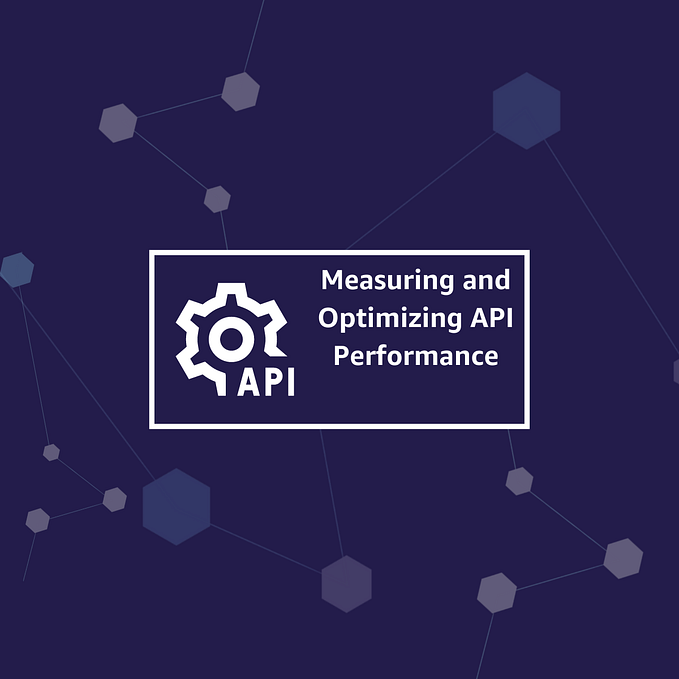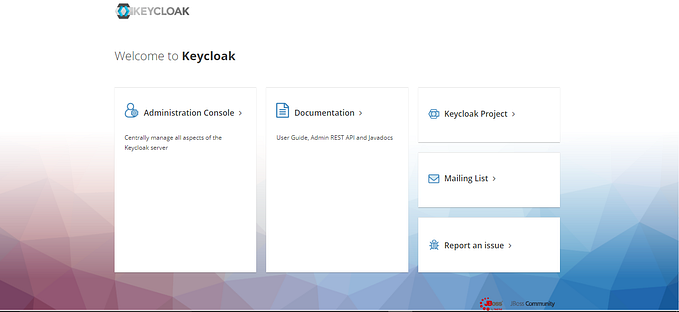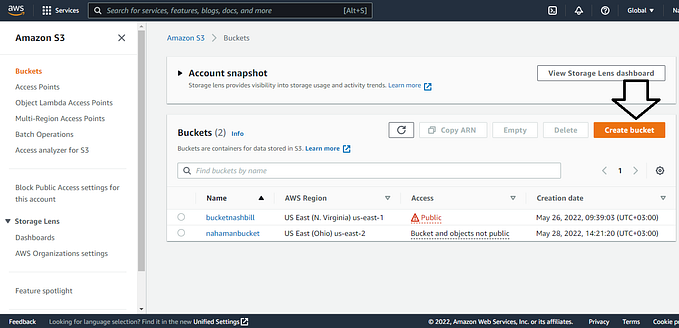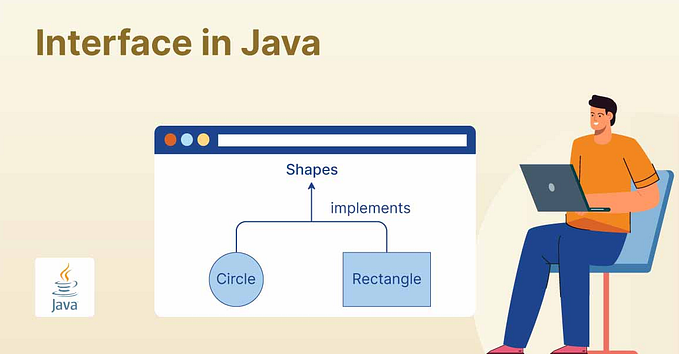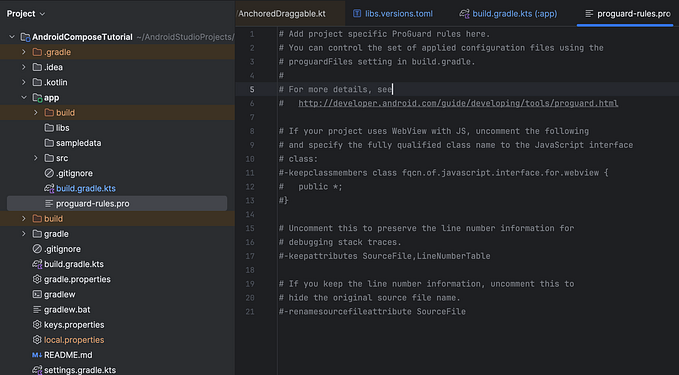Threading in Android: Understanding the Basics
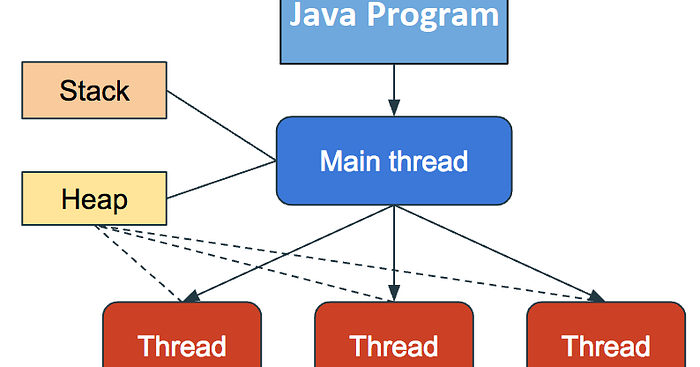
Multitasking is a key feature of modern smartphones, allowing users to switch between apps and perform multiple tasks simultaneously. However, managing these tasks can be a challenge for developers, particularly in Android apps, where performance is critical to user satisfaction. This is where threading comes in — a powerful technique for managing concurrency in Android applications.
What is Threading in Android?
Threading refers to the process of executing multiple threads simultaneously within a single application. Each thread represents a separate unit of execution, allowing multiple tasks to be performed concurrently. In Android, threading is essential for handling time-consuming operations, such as network requests or database queries, without impacting the user experience.
Types of Threading in Android.
There are two types of threading in Android: the UI thread and background threads. The UI thread, also known as the main thread, is responsible for handling user interface events such as touch events, screen updates, and animations. Any long-running operations on this thread can cause the app to become unresponsive, resulting in a poor user experience.
Background threads, on the other hand, are used to perform time-consuming operations that are not related to the user interface. For example, downloading data from the internet, processing large amounts of data, or performing calculations. By offloading these tasks to background threads, the app can continue to respond to user input without any lag.
Implementing Threading in Android.
To implement threading in Android, you can use the Java threading APIs, which are part of the standard Android SDK. There are two primary classes for working with threads: the Thread class and the AsyncTask class.
The Thread class is the most basic way to create a new thread in Android. You can create a new instance of the Thread class and pass a Runnable object that defines the code to be executed in the new thread. For example:
class MyTask extends AsyncTask<Void, Void, Void> {
@Override
protected Void doInBackground(Void... voids) {
// code to be executed in the background thread
return null;
}
@Override
protected void onPostExecute(Void result) {
// code to be executed in the UI thread after the background task is complete
}
}
MyTask myTask = new MyTask();
myTask.execute();The AsyncTask class is a more convenient way to perform background tasks in Android. It provides a simple API for running a task on a background thread and updating the UI thread with the results. AsyncTask consists of three primary methods: doInBackground(), onPreExecute(), and onPostExecute(). Here’s an example of how to use AsyncTask:
Best Practices for Threading in Android
To ensure optimal performance and user experience, there are several best practices to follow when implementing threading in Android:
- Avoid performing long-running operations on the UI thread. Instead, use background threads to handle time-consuming tasks.
- Be mindful of memory usage when creating new threads. Too many threads can cause memory issues and slow down the app.
- Use the AsyncTask class for simple background tasks that require UI updates. For more complex tasks, consider using a separate thread or a thread pool.
- Use synchronization mechanisms such as locks or semaphores to prevent data corruption or race conditions when accessing shared resources.
Conclusion
Threading is a powerful technique for managing concurrency in Android applications. By using background threads to handle time-consuming tasks, developers can ensure that the app remains responsive and provides a seamless user experience. With the right tools and best practices, threading can help you create high-performance, efficient Android apps that meet the needs of your users.

